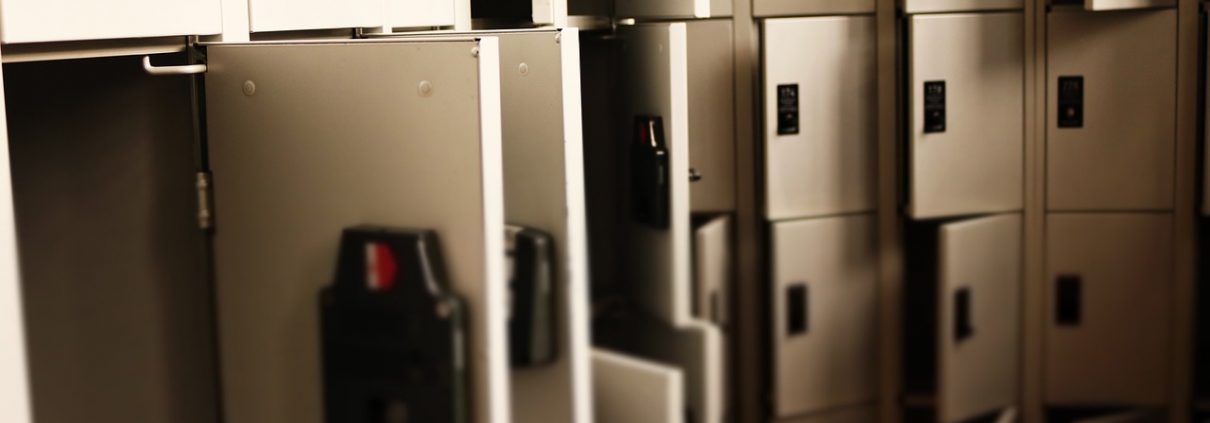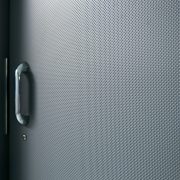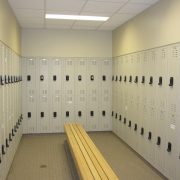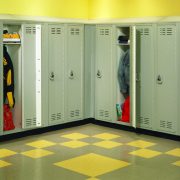5 Types of Locker Materials Compared
Designing a facility and choosing the right materials is never an easy process. There are a lot of factors to be considered before ultimately deciding on the materials. This is especially important when it comes to choosing your facility’s lockers and storage compartments. Choosing the wrong material can be costly due to the poor quality or the overall weakness of the material.
Here are five different types of locker materials and how they compare.
Metal Lockers
Metal Lockers, or more specifically, cold-rolled steel, have been the standard for high schools for generations. They’re easily paintable to choose the optimal color for your facility’s décor, and they’re strong and reliable. But while metal lockers are widely popular and very common, it doesn’t mean that they’re the best choice for your facility.
The sad truth is that metal lockers appear to be a great option on the surface. However, down the road, they can be a costly choice. The metal can easily dent and scratch, and if located near a water source, they can even rust. The maintenance alone can outweigh the cost of the lockers. Not to mention, the sound of these lockers opening and closing isn’t the easiest on the ears.
Phenolic Lockers
Phenolic plastic lockers have proven to have their advantages when put to the test against metal in that they’re a little more durable and easier to clean. However, most phenolic plastic features a kraft paper core that’s susceptible to mold growth. Once the interior is compromised, a costly replacement is required.
Wood Lockers
Nothing beats the rustic aesthetic of wood. This material has been utilized for centuries and is still widely used today. But when it comes to locker materials, wood doesn’t rank high on the list of quality. Of course, wood has its classic appearance, but unfortunately, man-made products outweigh wood in durability. Wood can chip, or worse, become water logged. In order to prevent the wear and tear, it’s best to avoid wood altogether when it comes to locker materials.
Laminate Lockers
Laminate is one of the stronger materials in this list because it’s proven itself to be more durable than metal and wood. It doesn’t dent like metal or become water logged like wood. However, depending on their location, it can delaminate and become susceptible to a variety of wear and tear. In that case, maintenance and repairs can become costly.
HDPE Plastic Lockers
HDPE (high-density polyethylene) is a solid plastic that’s highly durable. It’s impact-, dent-, scratch-, and graffiti-resistant. Due to the solid plastic construction, it can even resist mold growth. Another huge item in the pros column is that this material features a homogenous color that doesn’t require any repainting, making this one of the more sustainable and low-maintenance materials available.
The choice of locker materials in your facility is entirely your call. However, you know the benefits and drawbacks of each of these materials, so make your choice wisely.
Would you like to learn more about the benefits of choosing HDPE lockers? Check out this free eBook, The Ultimate Guide to HDPE Plastic Lockers, courtesy of Scranton Products.








